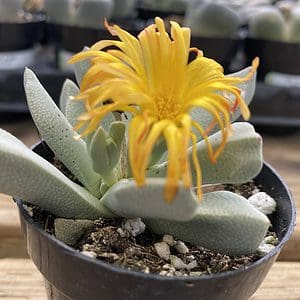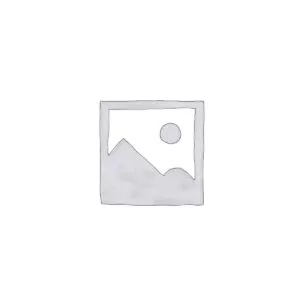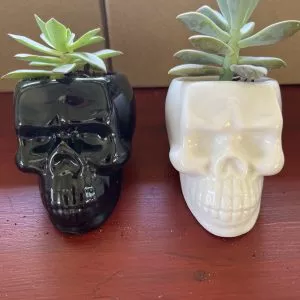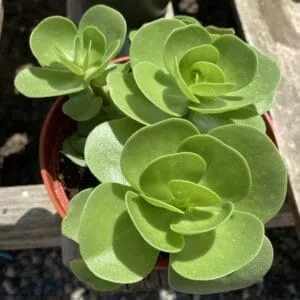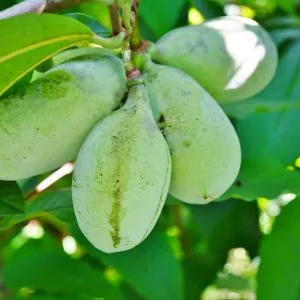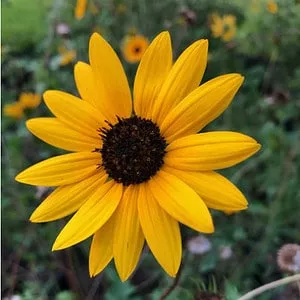No products in the cart.
Table of Contents
Mangave is another take from the world of plants – coming from the crossbreed of the genus Agave and Manfreda, owning up to their exotic looks.
In the ’90s, plant expert Tony Avent visited the Yucca-Do Nursery in Texas where they had collected seeds from a Manfreda in Mexico, and was left astounded by two of the seedlings appearing five times larger. The plant was heavily speckled like Manfreda but was enormous and had the hardiness of the blue agave and unique foliage patterns from the manfreda
This unique group of plants has the shape of a traditional Agave featuring red coloration to light blue-purple spotting. Some of the rarest cultivars have mesmerizing colors aided by exposure to bright sunlight.
Mangave is a hybrid succulent plant, combining traits of the agave and the manfreda. It features striking rosettes, inheriting the hardiness of the blue agave and unique foliage patterns from the manfreda, making it a popular choice in landscaping and ornamental gardening.
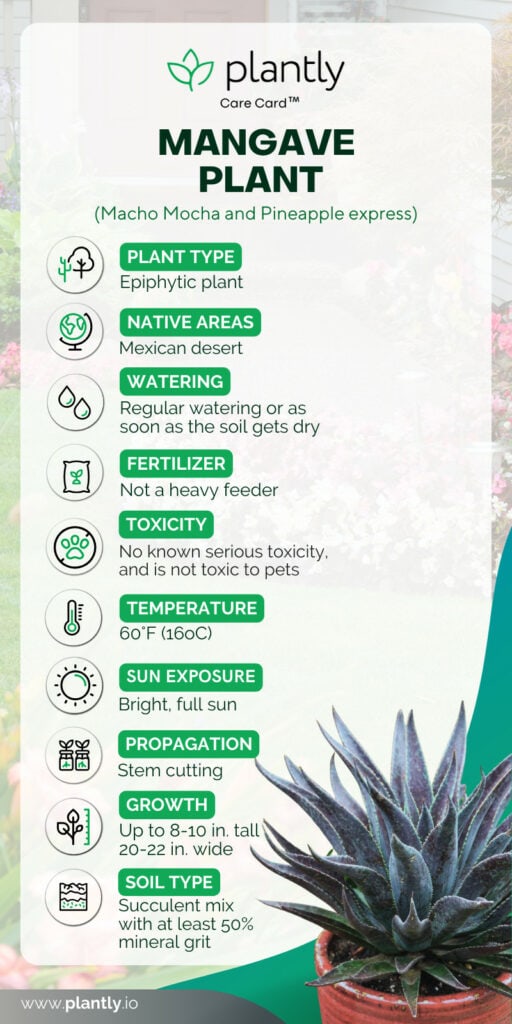
Mangave Plant Care Basics
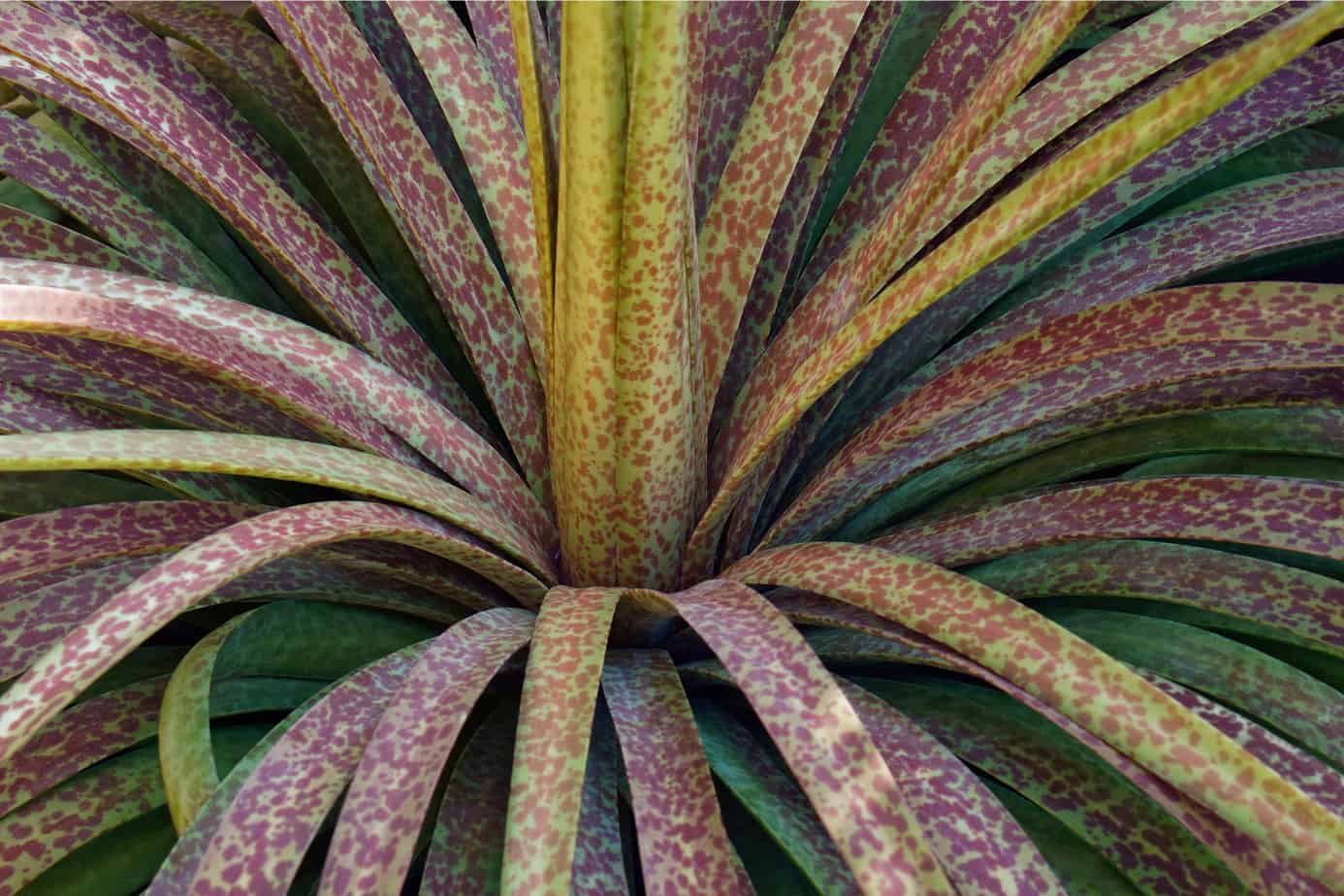
Unique specimens such as a Mangave plant delight nursery through their unique foliages and colors appearing from dark burgundy-purple spots to subdued burgundy-purple dots. The shapes are also intriguing as most have a solitary rosette habit where leaves completely overlap.
If you wish to have this game-changing plant in your garden, look no further and let Plantly take you through each and every step!
Soil Texture and Drainage
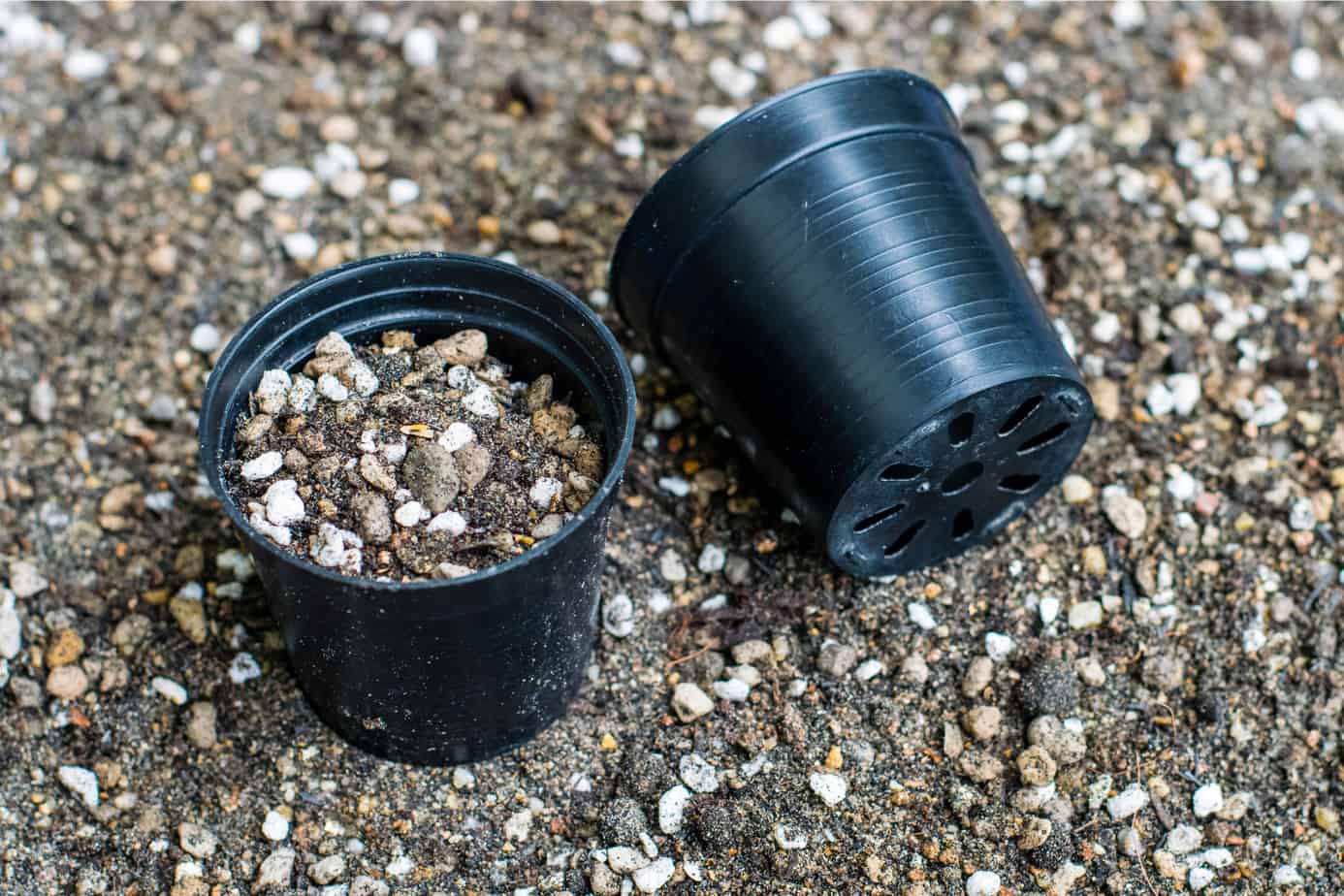
Many gardeners would prefer well-drained soil. As in the case of Mangave, this enables favorable growth. For starters, you can mix your garden soil with 50 % mineral amendments such as coarse sand, perlite, or pumice, you can test grittiness using your palm.
Mangave plants do not rely heavily on fertilizers and would even thrive in poor soil. Yet, drainage is important, hence, please make sure to use pots with enough holes for drainage.
Sunny lover Mangave
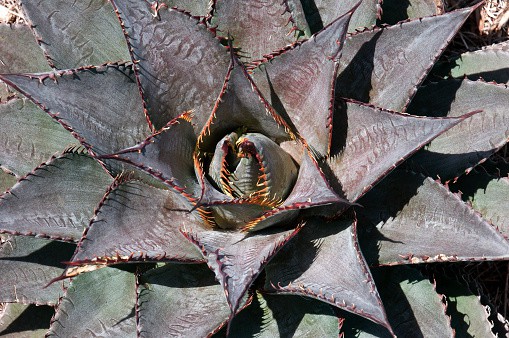
Planting Mangave plants in bright direct sunlight favors lighter-colored leaves, 6 hours at least to bring about their best colors.
Mangaves can also be planted indoors. However, shaded conditions, in the long run, can cause the plant to stretch and make them appear faded. This, however, can be easily corrected by providing the plants with sufficient bright lights from time to time.
In stock In stock (can be backordered) In stock In stock
$15.99
Sold By:
Succulent Oasis
Succulent Plant Small Schwantesia Borcherdsii.
Only 10 available and it’s in 1 people’s basket Rated 4.84 out of 5 based on 352 customer ratings00
Sold By:
Succulent Oasis
Free Shipping
$9.99 – $18.99
Sold By:
Thor's Backyard Nursery
Azalea Gerbing (White) | HUGE BULK SALE!!! (Read Description)
Rated 4.89 out of 5 based on 53 customer ratings00
Sold By:
Thor's Backyard Nursery
$15.00
Sold By:
Grow with Sass
Skull pot with succulent
Rated 5.00 out of 5 based on 19 customer ratings00
Sold By:
Grow with Sass
$28.99
Sold By:
Succulent Oasis
$35.00Succulent Plant Mature Sedum Sun Sparkler
Rated 4.84 out of 5 based on 352 customer ratings00
Sold By:
Succulent Oasis
Just the Right Amount of Water
Mangave may be prone to root rot with overwatering. Although mangave is a drought-tolerant type of succulent. However, they can handle a bit more regular watering, especially at an early stage where roots are being established.
Moreover, drying them out for a longer period of time may not also be wise as it can cause stunted growth. Keep the water proportion as it allows you to regulate their size and maintain their glowing color.
The Ideal Temperature

Mangave hybrids are hardy to zones 8 through 10. Most of the varieties can tolerate a short, light frost. While the minimum temperature that they can be grown is at around 60 degrees Fahrenheit.
It’s important to note that extended cool temperatures can cause plant development to decline. This aspect is undoubtingly crucial for a Mangave flower to bloom gracefully.
Humidity Requirement
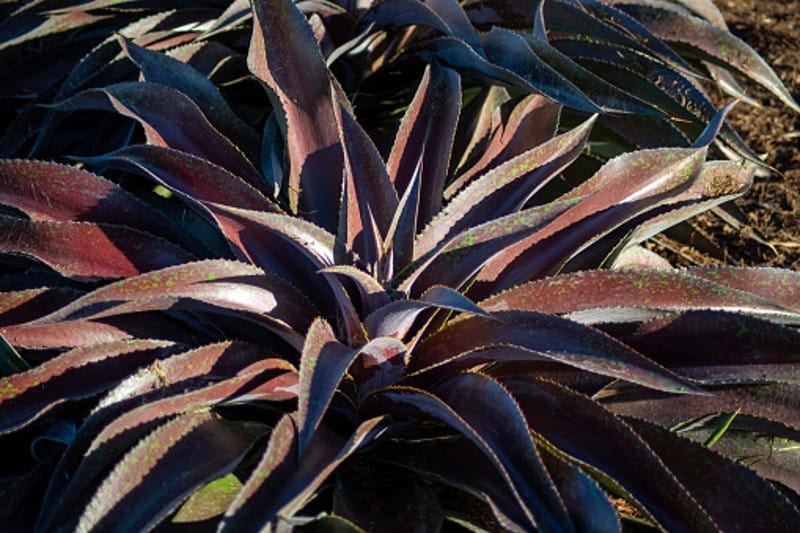
Mangave is a hybrid of two desert plants, manfreda and agave, and is therefore not a fan of high humidity levels. Normal room humidity may be suitable for their growth but they would grow more favourably under dry air and high temperature. It is imperative to understand that this is an outdoor plant that needs to be treated as such.
However, they appreciate warmth in the comfort of your indoor garden set-up in colder climate regions. Placing a humidifier at the center of your indoor garden with your mangave in it is ideal.
Placing your mangave in a humid room or spot is a no-no. Remember it pays off to mimic the kind of environment where your plants have originated.
Are Fertilizers Needed?
Mangaves are not heavy feeders. They only need a minute amount of fertilizers to go about their optimum growth. Applying fertilizers every spring may be ideal.
Propagation of Mangave

Through seeds and basal offset division can Mangave plants be propagated. The latter is easily done as basal offsets can be separated once they have a sufficient root system and at least 4 cm or 1.5 inches in height.
Twenty-four hours before transplanting, water the soil to prevent transplant shock. Begin by taking the plant out of its pot and placing your fingers close to the nodes. Try to push the offset downwards until there is a snap. Afterward, separate the foliage from its roots system away from the mother plant and later transplant it to an appropriately sized container.
Be sure to maintain evenly moist soil and have them placed under bright but indirect sunlight for the first six weeks. Once the plant has visibly established, treat it like a mature specimen, observing the plant care guides above!
Growth Zone
As mentioned earlier, Mangave species are hardy in zones 8-10. In U.S. hardiness zones 7 and higher, some mangaves can survive outdoors, but most may be prone to frost damage so it is important to take them inside.
However, without UV light, mangave loses its variegation and coloring, so keep it indoors only until winter lasts and then later return it back to bright conditions as this is where one can expect optimum plant development.
Potting and Pruning
Mangave hybrids grow fairly slowly and thus frequent repotting is not needed. With their magnificent habit, this indoor plant can reach approximately 12-20 inches tall upon maturity.
As their size becomes overwhelming, you may begin to repot them. This is typically done during the summer and spring wherein the roots cannot get bounded by the pot. Once all the necessary requirements are met, you’ll be able to see the plant at its maximum potential.
In stock In stock (can be backordered) In stock In stock
$15.99
Sold By:
Succulent Oasis
Succulent Plant Small Schwantesia Borcherdsii.
Only 10 available and it’s in 1 people’s basket Rated 4.84 out of 5 based on 352 customer ratings00
Sold By:
Succulent Oasis
Free Shipping
$9.99 – $18.99
Sold By:
Thor's Backyard Nursery
Azalea Gerbing (White) | HUGE BULK SALE!!! (Read Description)
Rated 4.89 out of 5 based on 53 customer ratings00
Sold By:
Thor's Backyard Nursery
$15.00
Sold By:
Grow with Sass
Skull pot with succulent
Rated 5.00 out of 5 based on 19 customer ratings00
Sold By:
Grow with Sass
$28.99
Sold By:
Succulent Oasis
$35.00Succulent Plant Mature Sedum Sun Sparkler
Rated 4.84 out of 5 based on 352 customer ratings00
Sold By:
Succulent Oasis
Mangave Plant Varieties and Similar Plants
Tissue culture has made it possible to develop new breeds of plant from manfreda and agave which has varying characteristics. Now, there are many color ranges that growers may opt to see in their gardens. Here’s a look at some of these varieties from burgundy red to near-black spotting!
“Catch a Wave” Mangave
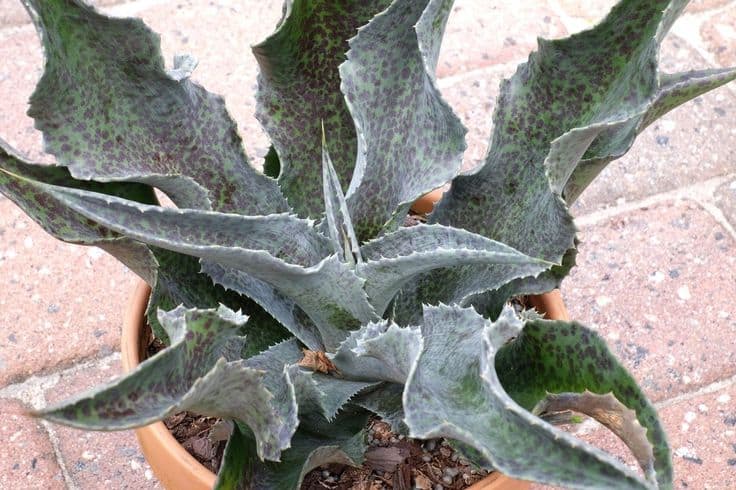
Be amazed by the straight-from-the-ocean look of this Mangave which features silvery blue-green leaves with serrated edges.
The incredibly wavy thick green leaves, hence the name, are what make this Mangave a must-have in your garden. With that dark spotting and upright growth habit, this specimen will certainly turn heads!
Mangave Inkblot
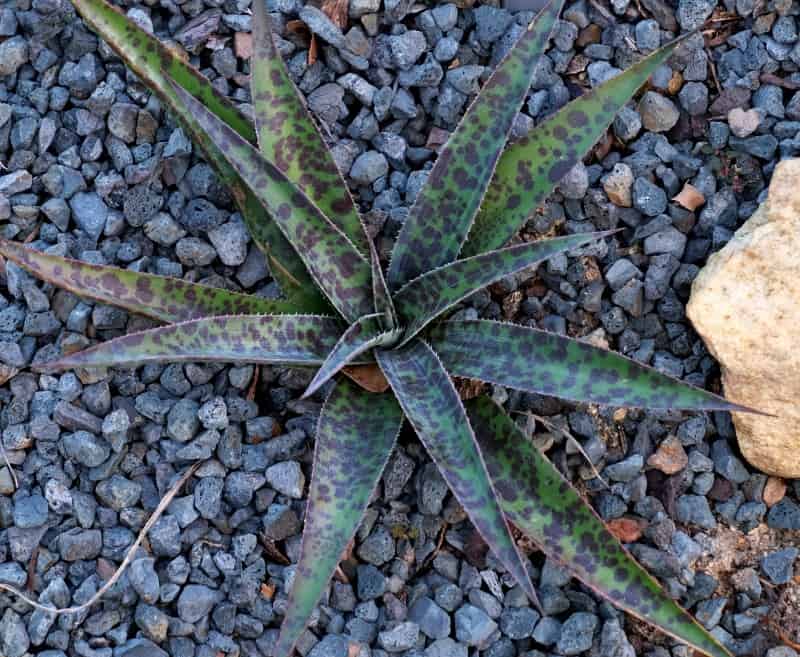
The Mangave Inkblot is a unique-looking succulent that has smoky purple coloration and a spiky rosette habit. Great for beds and as a border plant as it features edges that curl upward to show off its white tiny spines that contrast beautifully.
Mangave Moonglow
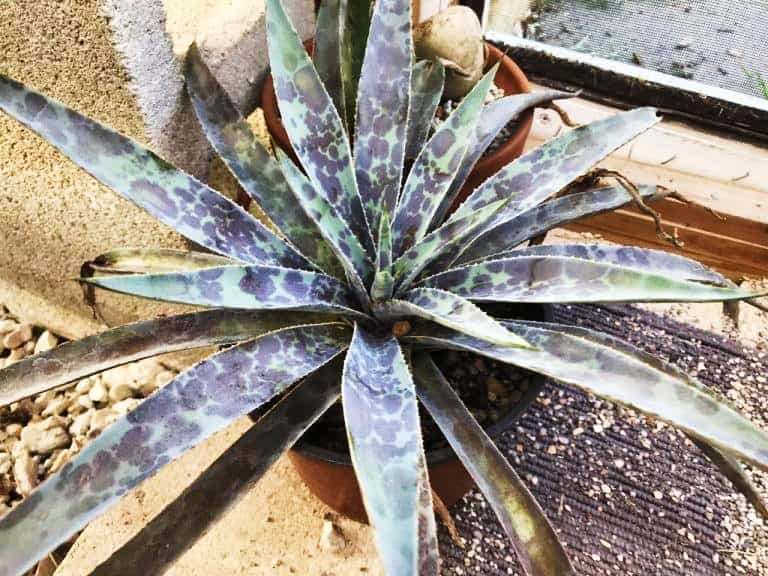
The silvery blue-green leaves of this succulent glow abundantly, like that of a moonlit night hence coining the name Mangave Moonglow.
This stunning and exceptional variety has arching leaves with defined marginal teeth while the terminal spines are actually soft to the touch as compared to other Agave variations.
Mangave Mint Chocolate Chip
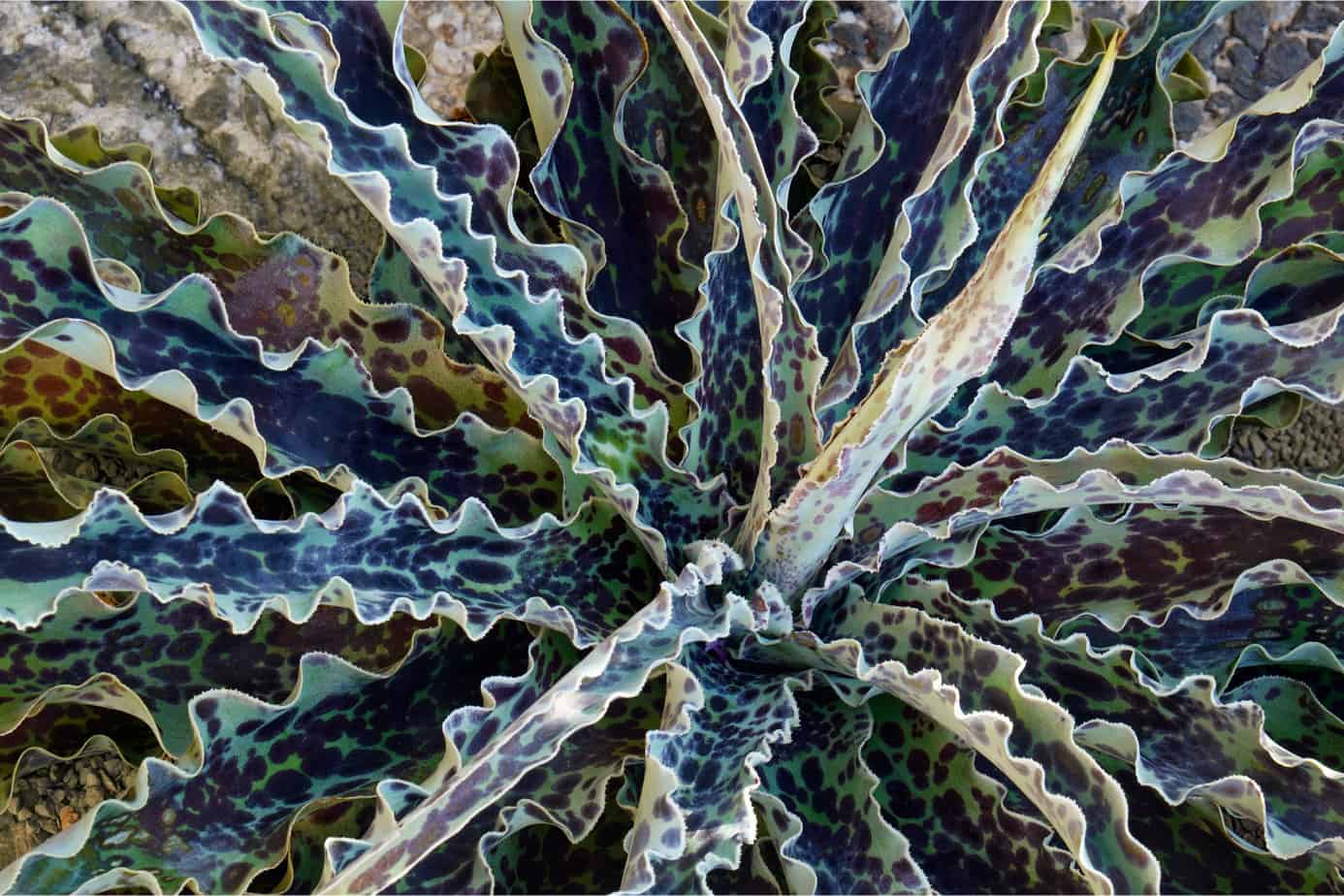
This Mangave plant delights any garden corner due to its incredibly wavy leaves with intense near-black spotting. A very fine white margin lines the underside of the leaves which also features a serrated edge.
Mangave Spotty Dotty
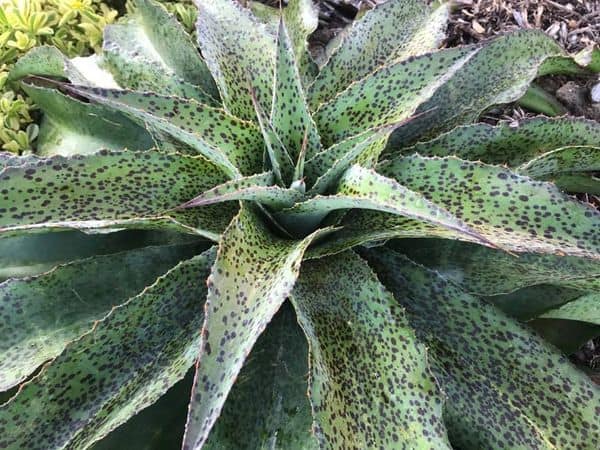
The Mangave Spotty Dotty inherited its beautiful spots from its Manfreda origin, while the thick, wide leaves came from its Agave lineage.
It has beautiful medium green leaves that are covered with small, dark burgundy-purple spots. It also features wide leaves that fold up at the margins, flaunting its sienna-orange marginal teeth and long terminal spines.
Mangave Plant Diseases & Pests
Mangave plants are pretty much resistant to feeding insects however watering them should be done in a cautious manner as they may be vulnerable to rotting.
Frequently Asked Questions
A typical Mangave plant can grow up to 8–24 inches in high and up to 18 inches wide, although others can reach up to 4 ft. high and 6 ft. wide.
Mangave cultivars vary in forms but most are a mix of cactus and succulents derived from manfreda and agave. Others may have light green ovate leaves with a thick waxy coating while some may become softly wavy.
Mangave plants may even have smoky purple leaves with intense spotting
Mangave came from two different plant species coming from the Asparagaceae family, Agave and Manfreda, native to arid and semiarid regions. As compared to Agave, mangave cultivars can offer a wide variety of new colors and forms.
It is no doubt that a Mangave plant delights the senses and revitalizes any spot. Visit Plantly and widen your options for the best variations to bring home!
Whether you want to buy, sell or simply reach out to other plant enthusiasts, Plantly is the right place to be!
In stock In stock In stock In stock
$12.00
Sold By:
Beauties & Beasts
$15.00Cactus -Opuntia microdasys var. pallida f. cristata
Rated 4.83 out of 5 based on 24 customer ratings00
Sold By:
Beauties & Beasts
Free Shipping
$7.98
Sold By:
CZ Grain
Paw paw Tree Seeds for Planting | 6 Seeds | Edible Fruit Tree, Made in USA. Ships from Iowa. Fun and Easy to Grow Your Own Food, Exotic Pawpaw Tree Seeds
Only 892 available and it’s in 3 people’s basket Rated 4.60 out of 5 based on 156 customer ratings00
Sold By:
CZ Grain
$47.96
Sold By:
Carlo's Plant Farm
6 BLACK OIL SUNFLOWER SPROUTS – LIVE PLANTS
Rated 5.00 out of 5 based on 22 customer ratings00
Sold By:
Carlo's Plant Farm
Free Shipping
$9.96
Sold By:
CZ Grain
50 Red Maple Tree Seeds | Stunning Red Leaves
Only 891 available and it’s in 2 people’s basket Rated 4.60 out of 5 based on 156 customer ratings00
Sold By:
CZ Grain
